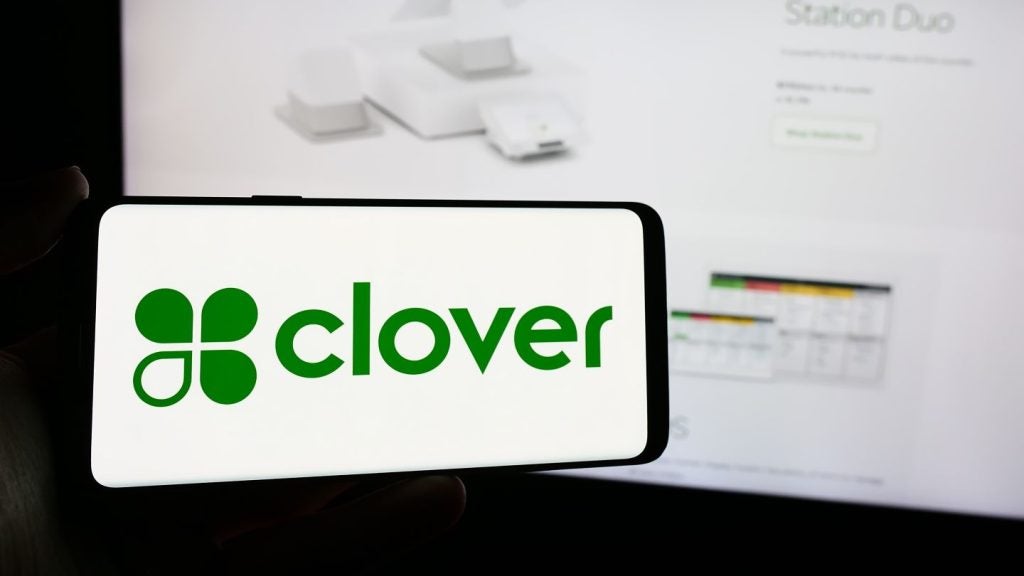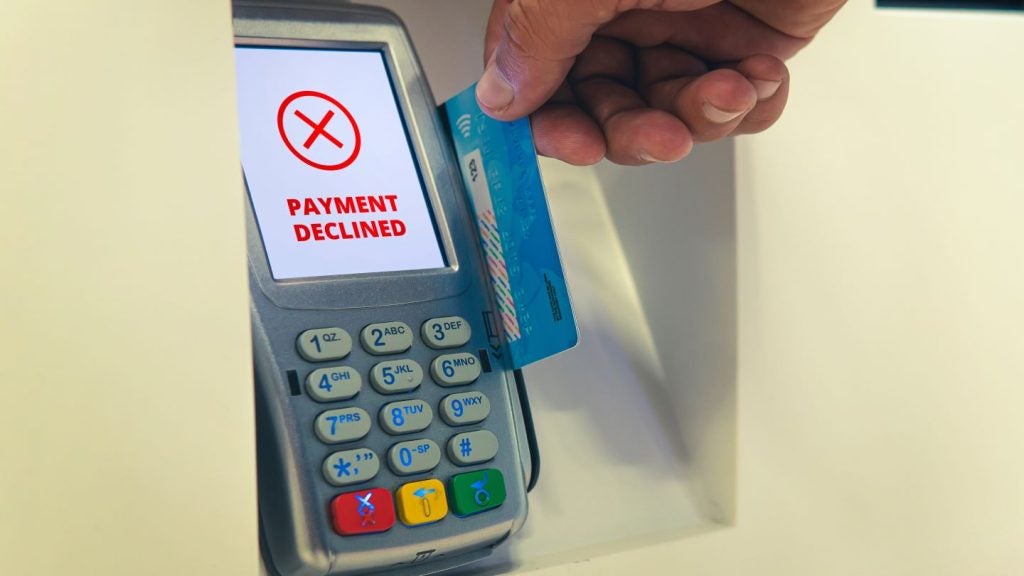eCommerce is rapidly expanding, with the global market projected to reach $47.73trn by 2030. As this sector grows, payment service providers (PSPs) and merchants encounter challenges like supporting new payment methods, processing payments, preventing fraud, ensuring data security, adhering to regulations, and meeting rising customer expectations. To capitalise on these opportunities, a safe and seamless payment experience is essential.
Currently, complex checkouts and trust issues often lead to abandoned shopping carts. Customers want security, but not at the expense of convenience. Too many friction points can frustrate customers, leading to lost sales. Notably, 70% of consumers prefer to checkout as a guest when completing transactions, thereby avoiding the cumbersome processes associated with setting up new accounts. Conversely, inadequate security measures can expose merchants to risks like compromised card details.
Finding this balance is essential for maintaining customer loyalty, so how can PSPs and merchants find the sweet spot and deliver effortlessly secure services?
Network tokenisation: The invisible shield
Network tokenisation helps merchants prioritise convenience and security in online transactions. It’s a technology that’s growing in popularity and it is forecast to be adopted in 85% of global eCommerce transactions by 2028.
By replacing sensitive card information with unique tokens, these tokens protect data such as account numbers and expiration dates throughout the payment process. For example, when users link their debit or credit card to Google Pay, the app requests a token from the card’s issuing bank. This token uniquely represents the card and can only be matched with the actual card data by the card network during transactions.
With the primary account number (PAN) hidden, the likelihood of data breaches, identity theft and fraud is significantly reduced. This renders stolen tokens essentially worthless to hackers. Additionally, card details do not become outdated, preventing declined transactions. For instance, when a card expires and is reissued, customers do not need to update their payment information with the merchant as the token is automatically updated when the underlying card information changes. This reduces false rejections at checkout due to outdated card details, improving customer satisfaction and trust.
One-click checkout experience with Click to Pay
Delivering an effortless payment experience is challenging due to the wide variety of cards, devices, forms, validations, and authorisations that form a modern checkout journey. Integrating these imperatives into a customer-centric experience is a complex task. For the customer, this means the payment experience is not always as fast, easy, and reassuringly secure as possible.
Built on tokenised technology, Click to Pay is a unified digital checkout solution that additionally offers a frictionless, consistent, and secure payment experience. It simplifies the online shopping experience with a single-click checkout and reduces cart abandonment rates significantly.
The ability to single-click or guest checkout removes the need for repetitive form-filling and card detail entries. Click to Pay is proving so promising that Mastercard is now working with merchants, banks, fintechs and other partners to phase out manual card entry in European eCommerce completely by 2030. Similarly, Visa has also introduced Click to Pay, recognising the demand to bring the convenience of contactless shopping, online.
The combination of Click to Pay and network tokenisation provides a powerful solution for merchants, enhancing digital commerce experiences and securing seamless shopping journeys. They can envision a future where every purchase is not just a transaction, but a moment of delight that builds loyalty.
Best practice strategy for implementation
Implementing tokenisation and Click to Pay requires thorough planning. The start of implementation should include assessing current payment processes and identifying vulnerabilities where tokenisation could enhance security and streamline transactions. A comprehensive plan that outlines the integration steps, timelines, and resources is needed.
Selecting a technology partner specialising in eCommerce payment experiences is crucial. They can manage the relationships with multiple schemes, speeding up time-to-market and reducing complexity. This ensures compatibility with existing systems and necessary API integrations that support network-agnostic tokenisation across different payment networks.
Once implemented, training sessions for staff handling payments should be conducted to ensure they understand the new tokenisation processes and security protocols. Additionally, they must understand compliance with industry regulations such as PCI DSS to safeguard customer data.
Preparing for future innovations
Enhancing eCommerce with a secure and smooth shopping experience is critical for merchants aiming to thrive in a growing market. Reducing cart abandonment rates and fostering customer trust depend on balancing security and convenience.
Looking ahead, eCommerce payments technology will continue evolving, driven by innovations prioritising security, efficiency, and customer experience. One example is Secure Payment Confirmation (SPC), which completes purchases in a single click within the same app, reducing friction and customer frustration which if often created when customers are pushed back and forth between the merchant’s app and their banking apps.
Collaborations with specialised technology partners will be essential, enabling businesses to stay ahead of rapid technological advancements, such as SPC, and regulatory changes, to provide that all-important seamless and secure shopping experience.
Jukka Yliuntinen is Head of Digital Payment Solutions, for Financial Platforms, G+D








